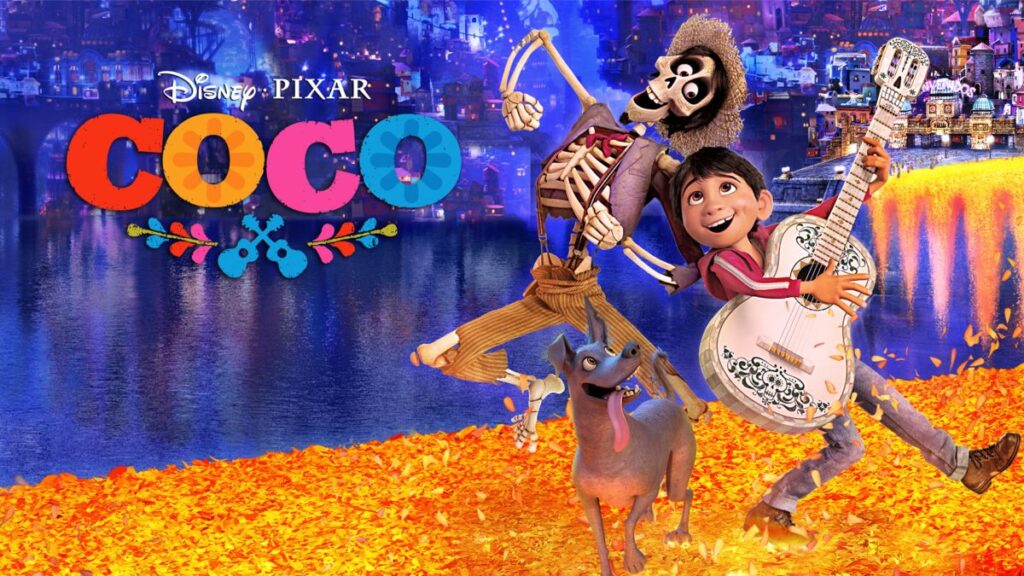Representation Matters: How the Movie Coco Celebrates Mexican Culture
For the second week in a row, Coco, a Disney Pixar film that follows the journey of a young Mexican boy to a magical Land of the Dead, was number…

For the second week in a row, Coco, a Disney Pixar film that follows the journey of a young Mexican boy to a magical Land of the Dead, was number one at the box office, grossing over $100 million in the U.S. so far. This enchanting film gives millions of children of Mexican descent the opportunity to see their stories, their culture, and ultimately themselves on the silver screen. As a Chicana, I was struck by how extensively Coco goes not only to center a story around characters of color, but to highlight the rich culture of those characters. Given the current climate in the U.S., seeing Mexican culture celebrated, rather than demonized, is more than just impressive — it’s impactful.
Growing up as a Latina child in Texas, I never really saw myself on screen. While there has been progress in entertainment over the past few decades, there’s a lot more diversity work to be done. Television and film are far from the only places where Latino children need to see more people who look like them. Children need to be able to look at media, elected officials, engineers, doctors, lawyers, and teachers and see themselves. They need to see their identities represented in these spaces to know that “Yes, this is for you. You belong here.”
Latinos are one of the fastest growing ethnic groups in the United States — about 57 million people and rising — with the population of Latino school-age children increasing at an even faster rate. In elementary and secondary schools, Latino students make up 25 percent of the overall student population, with states like California, Texas, and New Mexico far exceeding that percentage. In contrast, Latino teachers account for less than 7 percent of the overall teacher workforce.
Representation is essential to students’ success — specifically, representation in teachers and administrators in their schools and classrooms. Access to teachers of color plays a critical role in the learning and development of students of color. It isn’t just culturally beneficial; it impacts students’ overall academic success. Students with access to diverse teachers experience positive impacts on performance assessments, high school graduation rates, and aspirations of postsecondary education. Ensuring that students have access to diverse teachers who are encouraging and relatable helps make diverse representation a daily occurrence for students.
For many Mexican Americans like me, the reactions were visceral: Coco’s story felt like our story, reminded us of our families and of our abuelitas in Mamá Coco. It felt familiar in everything from the Spanglish to the tamales being served to Miguelito. But at the same time, it reminded us how rare it is to see Latinos portrayed in a positive light. As Hollywood is increasing its diversity efforts, educators must also strive to increase diversity in every aspect of a student’s life — including our nation’s teacher workforce.
Mirel Herrera is a P-12 data and policy fall 2017 intern. She is currently a graduate student pursuing a Master of Public Policy (MPP) at The George Washington University.